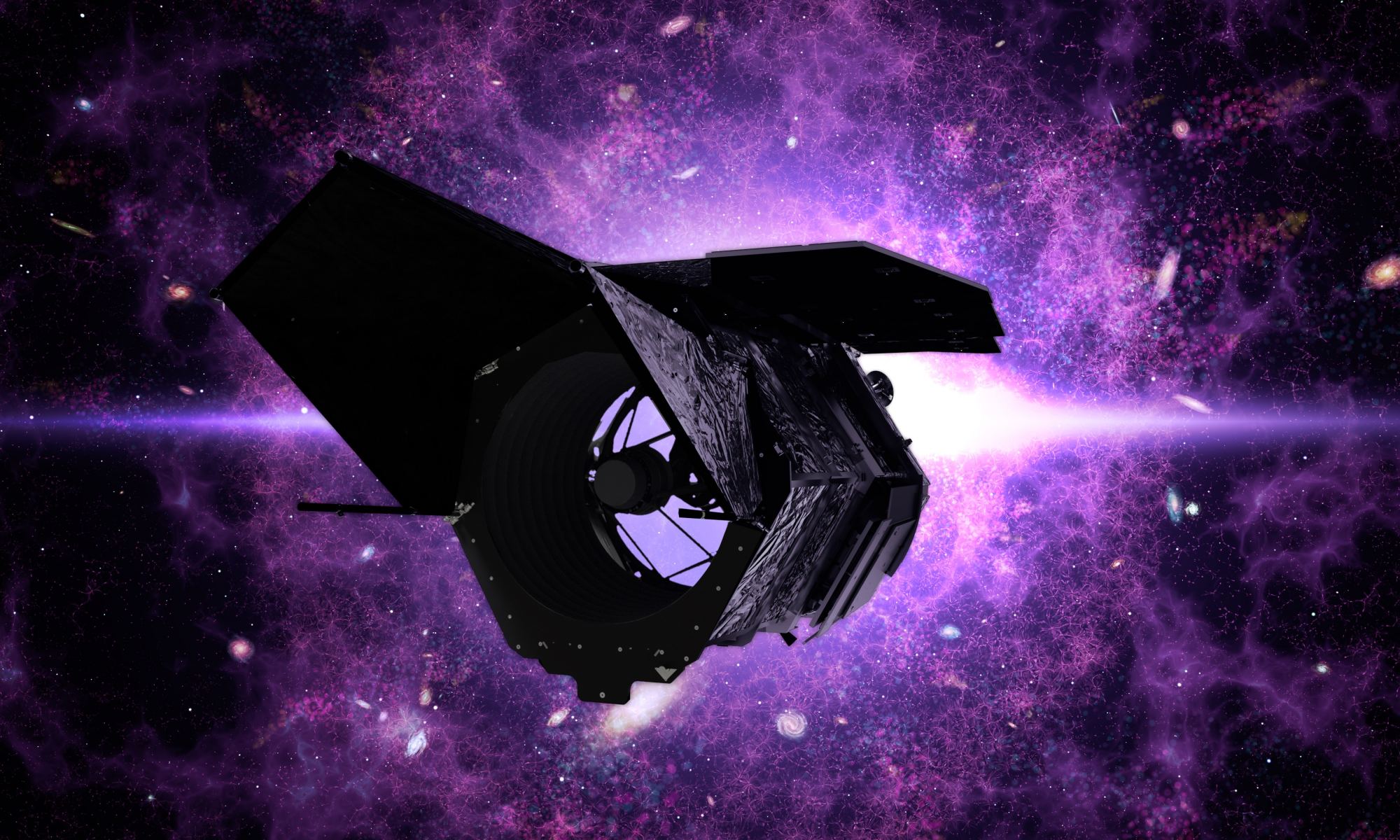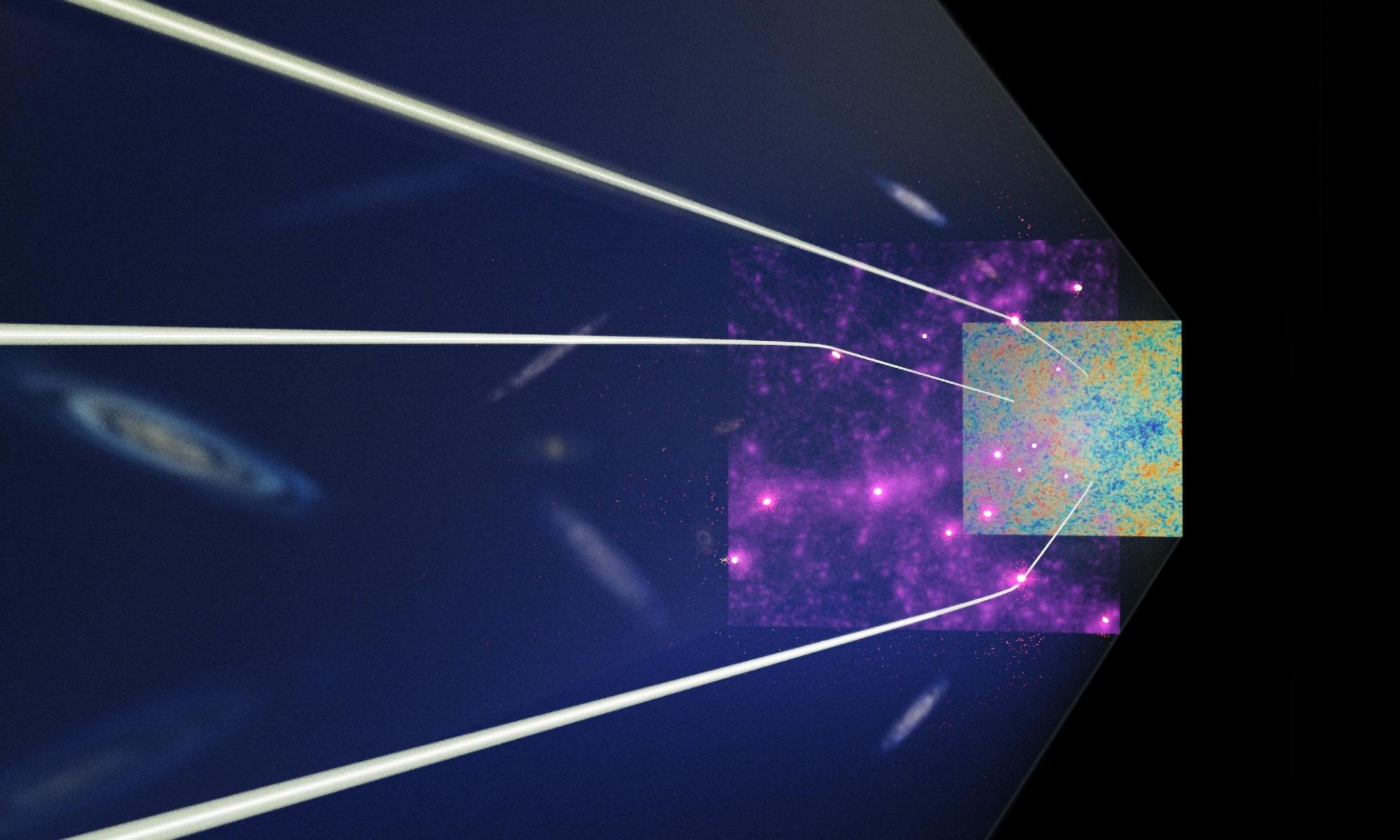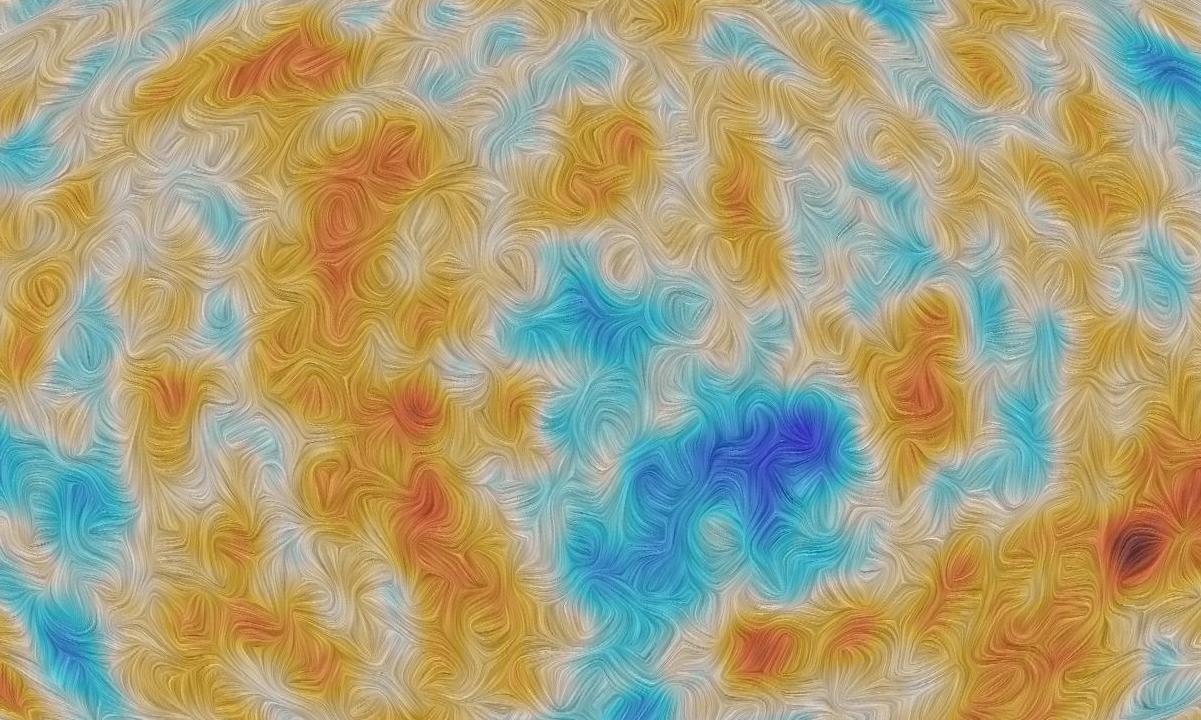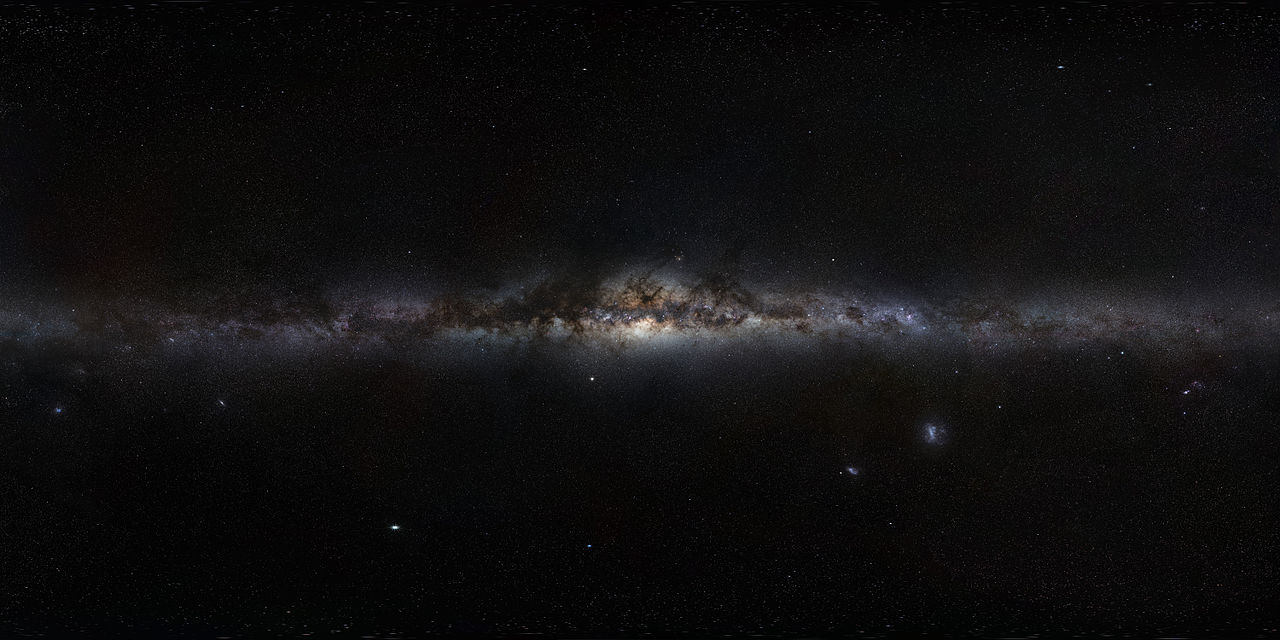Although the particles of dark matter continue to allude us, astronomers continue to find evidence of it. In a recent study, they have seen its effect from the edge of visible space, when the universe was just 1.5 billion years old.
Continue reading “Astronomers Measure the Signal of Dark Matter From 12 Billion Years ago”Finally, an Explanation for the Cold Spot in the Cosmic Microwave Background

According to our current Cosmological models, the Universe began with a Big Bang roughly 13.8 billion years ago. During the earliest periods, the Universe was permeated by an opaque cloud of hot plasma, preventing atoms from forming. About 380,000 years later, the Universe began to cool and much of the energy generated by the Big Bang converted into light. This afterglow is now visible to astronomers as the Cosmic Microwave Background (CMB), first observed during the 1960s.
One peculiar characteristic about the CMB that attracted a lot of attention was the tiny fluctuations in temperature, which could provide information about the early Universe. In particular, there is a rather large spot in the CMB that is cooler than the surrounding afterglow, known as the CMB Cold Spot. After decades of studying the CMB’s temperature fluctuations, a team of scientists recently confirmed the existence of the largest cold spots in the CMB afterglow – the Eridanus Supervoid – might be the explanation for the CMB Cold Spot that astronomers have been looking for!
Continue reading “Finally, an Explanation for the Cold Spot in the Cosmic Microwave Background”Astronomers saw the Same Supernova Three Times Thanks to Gravitational Lensing. And in Twenty Years They Think They’ll see it one More Time
It is hard for humans to wrap their heads around the fact that there are galaxies so far away that the light coming from them can be warped in a way that they actually experience a type of time delay. But that is exactly what is happening with extreme forms of gravitational lensing, such as those that give us the beautiful images of Einstein rings. In fact, the time dilation around some of these galaxies can be so extreme that the light from a single event, such as a supernova, can actually show up on Earth at dramatically different times. That is exactly what a team led by Dr. Steven Rodney at the University of South Carolina and Dr. Gabriel Brammer of the University of Copenhagen has found. Except three copies of this supernova have already appeared – and the team thinks it will show up again one more time, 20 years from now.
Continue reading “Astronomers saw the Same Supernova Three Times Thanks to Gravitational Lensing. And in Twenty Years They Think They’ll see it one More Time”Nancy Grace Roman Telescope is Getting an Upgraded new Infrared Filter

In 2025, the Nancy Grace Roman space telescope will launch to space. Named in honor of NASA’s first chief astronomer (and the “Mother of Hubble“), the Roman telescope will be the most advanced and powerful observatory ever deployed. With a camera as sensitive as its predecessors, and next-generation surveying capabilities, Roman will have the power of “One-Hundred Hubbles.”
In order to meet its scientific objectives and explore some of the greatest mysteries of the cosmos, Roman will be fitted with a number of infrared filters. But with the decision to add a new near-infrared filter, Roman will exceed its original design and be able to explore 20% of the infrared Universe. This opens the door for exciting new research and discoveries, from the edge of the Solar System to the farthest reaches of space.
Continue reading “Nancy Grace Roman Telescope is Getting an Upgraded new Infrared Filter”Polarized light from the cosmic background hints at new physics
The oldest light in the universe is that of the cosmic microwave background (CMB). This remnant glow from the big bang has traveled for more than 13 billion years. Along the way, it has picked up a few tales about the history and evolution of the cosmos. We just need to listen to what it has to say.
Continue reading “Polarized light from the cosmic background hints at new physics”The Universe is the Same, Everywhere We Look. Even More than Cosmologists Predicted
No matter which direction you look in the Universe, the view is basically the same if you look far enough. Our local neighborhood is populated with bright nebulae, star clusters, and dark clouds of gas and dust. There are more stars toward the center of the Milky Way than there are in other directions. But across millions, and billions, of light-years, galaxies cluster evenly in all directions, and everything starts to look the same. In astronomy, we say the Universe is homogeneous and isotropic. Put another way, the Universe is smooth.
Continue reading “The Universe is the Same, Everywhere We Look. Even More than Cosmologists Predicted”How Loop Quantum Gravity Could Match Anomalies in the CMB with Large Structures in the Modern Universe

Our universe is best described by the LCDM model. That is an expanding universe filled with dark energy (Lambda), and dense clumps of cold dark matter (CDM). It is also sprinkled with regular matter that makes up planets, stars, and us, but that only makes up about 4% of the cosmos. While we don’t know what dark matter and dark energy are, we know how they behave, so the ?CDM model works exceptionally well. There’s just one small problem.
Continue reading “How Loop Quantum Gravity Could Match Anomalies in the CMB with Large Structures in the Modern Universe”How Do You Weigh The Universe?
The weight of the universe (technically the mass of the universe) is a difficult thing to measure. To do it you need to count not just stars and galaxies, but dark matter, diffuse clouds of dust and even wisps of neutral hydrogen in intergalactic space. Astronomers have tried to weigh the universe for more than a century, and they are still finding ways to be more accurate.
Continue reading “How Do You Weigh The Universe?”What is the Steady State Hypothesis?
When it comes to our cosmic origins, a number of theories have been advanced throughout the course of history. Literally every culture that’s ever existed has had its own mythological tradition, which naturally included a creation story. With the birth of the scientific tradition, scientists began to understand the Universe in terms of physical laws that could be tested and proven.
With the dawn of the Space Age, scientists began testing cosmological theories in terms of observable phenomena. From all of this, a number of theories emerged by the latter half of the 20th century that attempted to explain how all matter and the physical laws governing it came to be. Of these, the Big Bang Theory remains the most widely accepted while the Steady-State Hypothesis has historically been its greatest challenger.
Continue reading “What is the Steady State Hypothesis?”New Research Suggests that the Universe is a Sphere and Not Flat After All

The universe is a seemingly endless sea filled with stars, galaxies, and nebulae. In it, we see patterns and constellations that have inspired stories throughout history. But there is one cosmic pattern we still don’t understand. A question that remains unanswered: What is the shape of the universe? We thought we knew, but new research suggests otherwise, and it could point to a crisis in cosmology.
Continue reading “New Research Suggests that the Universe is a Sphere and Not Flat After All”





